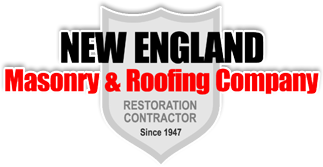What an Experienced Roofer Would Advise Before Installing TPO Roofing

Also known as rubber roofing, TPO contains elements with flexibility, superior performance, energy efficiency, and environmentally-conscious qualities. Furthermore, the TPO membrane comprises three bonded layers and is manufactured with fillers such as carbon fiber, talc, and fiberglass that add to its durability. TPO roofing is used for numerous applications and design specifications in both residential and commercial areas.
An experienced commercial roofer would advise considering the pros and cons of TPO roofing. The main advantage is that it is an inexpensive material that can make for a durable and reflective roof. It is a type of rubber that reflects light and heat due to its bright white color. It also resists corrosion, mildew, and algae growth. Moreover, it does not require pressure washing, significantly lowering maintenance costs. However, the quality of TPO roofing mostly depends on the manufacturer and the wide range of different thicknesses. In addition, the laminated top layer has weak points that can cause TPO membranes to craze, shrink, crack or even deteriorate. The seams can also allow for water to infiltrate the roof, which would require a spray foam roofing system that is seamless, renewable, and has a great R-value per square inch.
All in all, no commercial roofer would advise against using TPO roofing if the installation process is carried out by an experienced Connecticut commercial roofing professional.

















